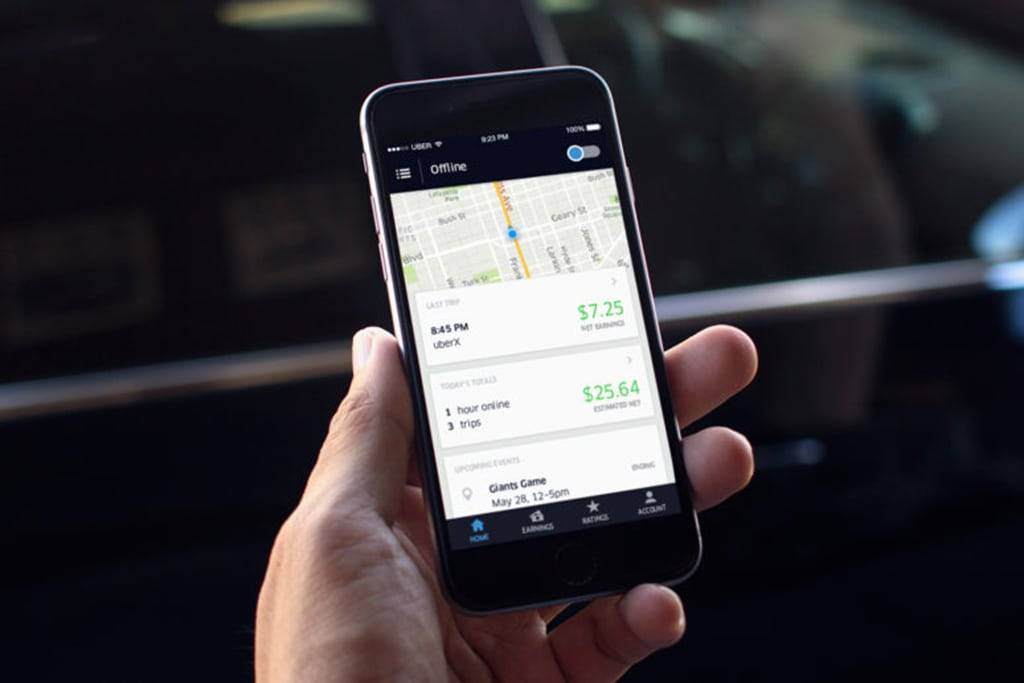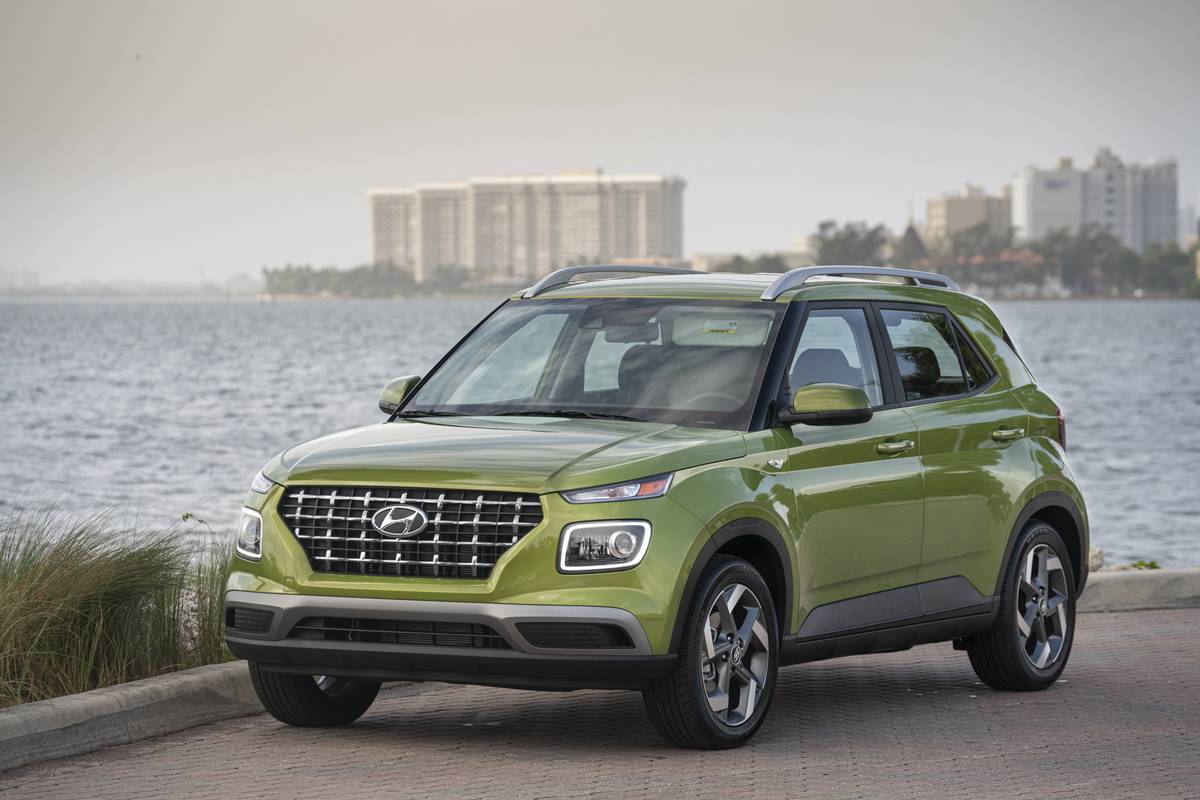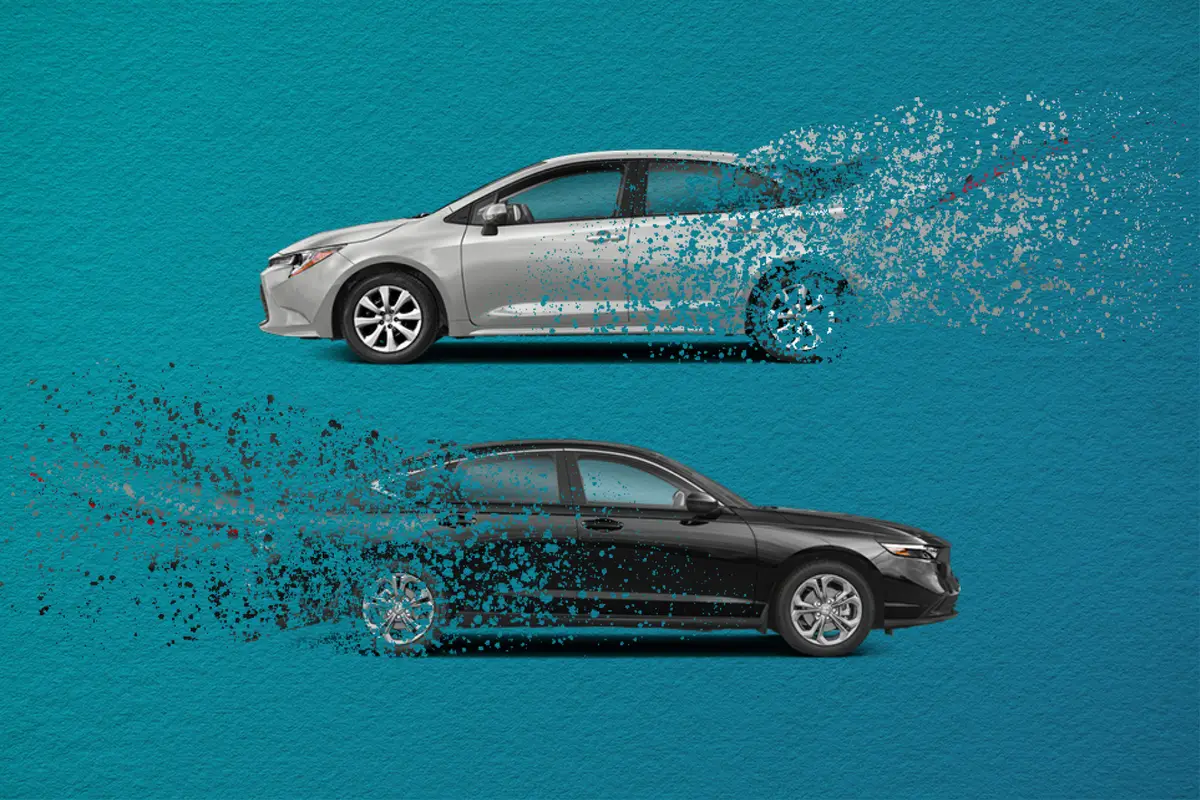Uber and Out? Ride-Hail Firm Becomes Its Own Worst Enemy

CARS.COM — The past few weeks have not been kind to Uber, though that’s nothing compared to what might be in store during the months ahead for the ride-hailing giant. While its service remains hugely popular, the San Francisco-based company is dealing with yet another crisis, this time involving a program that spied on riders to skirt local regulations and oversight.
Related: What’s the Best Car for an Uber Driver?
As reported by The New York Times, this program, known internally as Greyball, allowed Uber the means and opportunity to single out individuals and refuse them service. The operation has been going on for years and has been conducted in cities around the world — a fact that only complicates the murky legal issues that might soon confront Uber.
For its part, Uber contends Greyball was used primarily to single out abusive riders, or potential rivals who wanted to spy on the company. However, as the New York Times report uncovered, the primary purpose of “greyballing” a potential rider was to avoid authorities and help sidestep potential regulations, especially as Uber rapidly moved into new markets before a city formulated any form of ride-hailing governance.
Among other dubious aspects of the program, Uber is accused of creating geofences around government buildings and offices, where regulators would most likely request service. The company would also delve into social media and mobile phone records to pinpoint users who might be linked to regulatory agencies.
Why Should I Care? Uber is fighting one corporate fire after another, and evidence is mounting that the firm’s aggressive marketing and massive expansion could lead to huge — and potentially insurmountable — obstacles. While a world without Uber sounds unthinkable, especially considering how integral the company has become for millions of users around the globe, there is a real possibility that this titan of ride-hailing will encounter one corporate crisis too many.
Uber’s CEO, Travis Kalanick, recently appeared in a YouTube video in which he can be seen berating a driver, an Uber employee, who was critical of the company’s business practices. An ongoing sexual harassment lawsuit contends that Uber’s business practices fostered a hostile work environment, one where soaring sales tallies and job performance trumped complaints of highly toxic and inappropriate workplace behavior.
Uber was also recently criticized for cozying up to the Trump administration, along with trying to profit from a taxi strike at JFK airport, held to protest the White House’s immigration ban. The hashtag #DeleteUber quickly gained traction online, resulting in Uber scrambling to distance itself from Trump and clarify that it was not looking to profit from a protest.
In pure monetary terms, perhaps most damaging is an ongoing legal battle between Uber and Waymo, Google’s research and development arm dedicated to self-driving vehicles. Waymo contends that former employee and head of its autonomous drive program, Anthony Levandowski, stole massive amounts of data when he left to form his own autonomous car engineering company. After only six months, this new firm, called Otto, was purchased by Uber for upwards of $680 million.
Otto now serves as Uber’s self-drive engineering arm and is part of the company’s plans to develop everything from driverless vehicles to personal aircraft capable of operating in a dense urban setting. Waymo could halt the entire operation, however, until the lawsuit is settled: If found guilty of stealing Waymo’s tech secrets, the result for Uber would not only be millions in financial loses and potential fines, but the possibility of jail time for those involved in pilfering the information.
While ride-hailing services are undoubtedly gaining in popularity, Uber is fast realizing that a blind push toward “bigger is better” could be its undoing. Rival ride-hailing and tech firms — not to mention established automobile companies interested in new mobility solutions — could see Uber’s troubles as the perfect time to recruit the best talent from a listing ship. Of course, it remains to be seen whether these recent troubles prove enough to actually sink Uber.
Considering its strong links to several automakers — including Fiat Chrysler Automobiles, Daimler, Ford and Volvo — Uber has the means and the money to weather a number of storms. But should Uber continue to bleed nothing but bad press, these same partners might go looking for more reliable and PR-friendly firms to work with, particularly in the realm of self-driving cars.
Featured stories



2025 Lincoln Navigator Review: Elephantine Elegance

